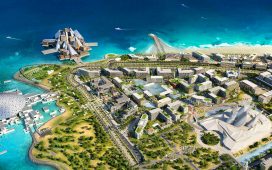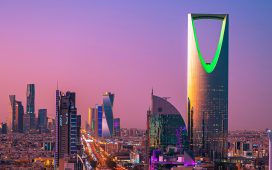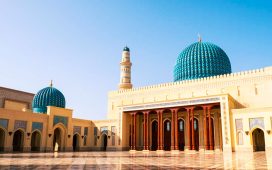The King Abdullah Financial District (KAFD) in Riyadh is one of the most ambitious urban developments in Saudi Arabia. Envisioned as a financial, cultural, and lifestyle hub, it represents the country’s bold efforts to diversify its economy beyond oil and position Riyadh as a leading global financial center. Designed as a “city within a city,” KAFD merges futuristic architecture with sustainability, modern infrastructure, and public spaces that reflect both global innovation and Saudi identity.
History & Development
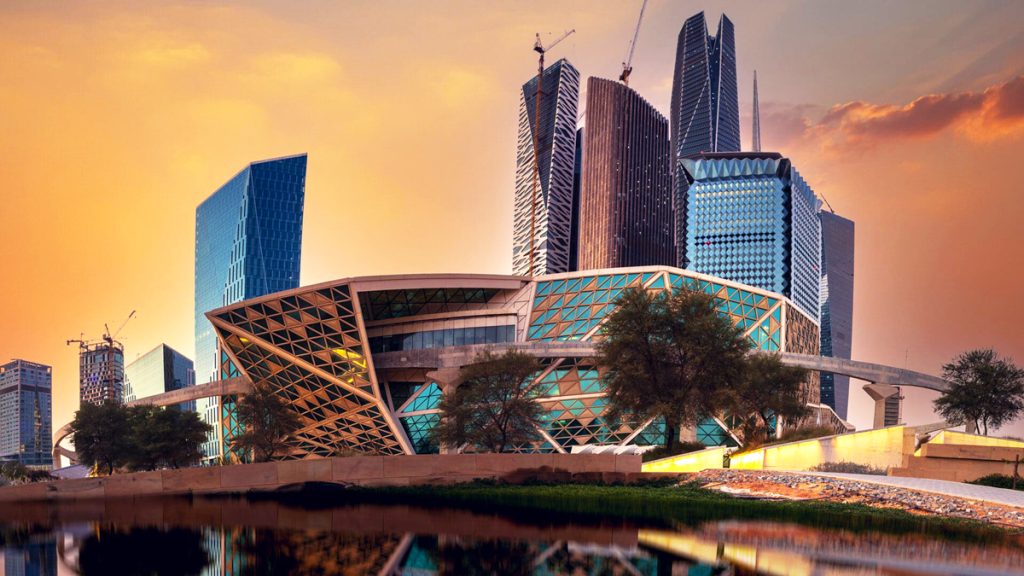
The project was launched in 2007 as part of Saudi Arabia’s broader economic reform strategy. Initially managed by the Saudi Pension Authority, control of the district was transferred in 2018 to the King Abdullah Financial District Development & Management Company (KAFD DMC), wholly owned by the Public Investment Fund (PIF).
This transition underscored the strategic importance of KAFD within Vision 2030, ensuring the district would align with the Kingdom’s goal of fostering investment, innovation, and global business activity.
Design & Architecture
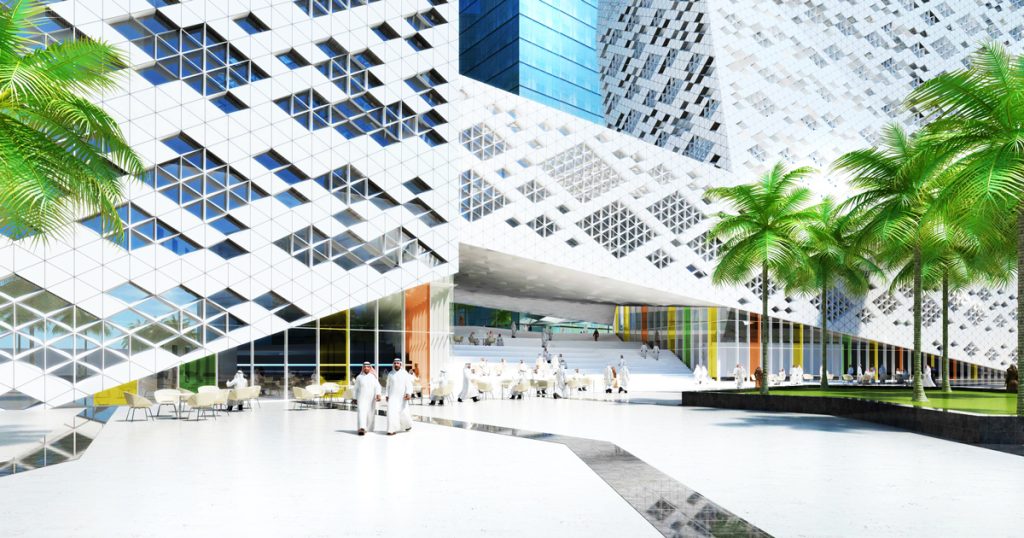
KAFD is designed as a vertical city, featuring a dense cluster of skyscrapers, skybridges, and integrated mobility systems. Renowned architectural firms including Henning Larsen Architects, Foster + Partners, Gensler, and Omrania contributed to its identity.
Highlights include:
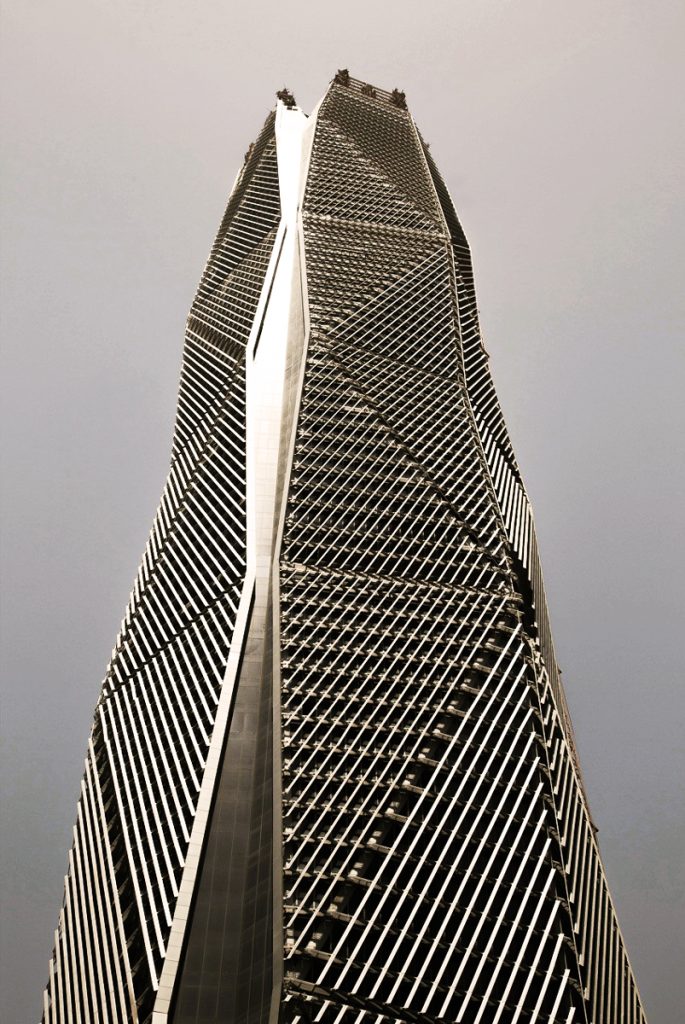
- Public Investment Fund (PIF) Tower – At 385 meters tall, it is Riyadh’s tallest building and a signature landmark.
- Tadawul Tower – Home to the Saudi Stock Exchange (Tadawul), symbolizing the Kingdom’s financial strength.
- KAFD World Trade Center – A 67-story skyscraper designed by Gensler, enhancing the district’s global identity.
- Skybridges & Walkways – A Guinness World Record–holding 15.5 km pedestrian skyway network, linking 95 buildings across the district.
- KAFD Grand Mosque – Designed by Omrania, this modern mosque accommodates 1,500 worshippers and anchors the public realm.
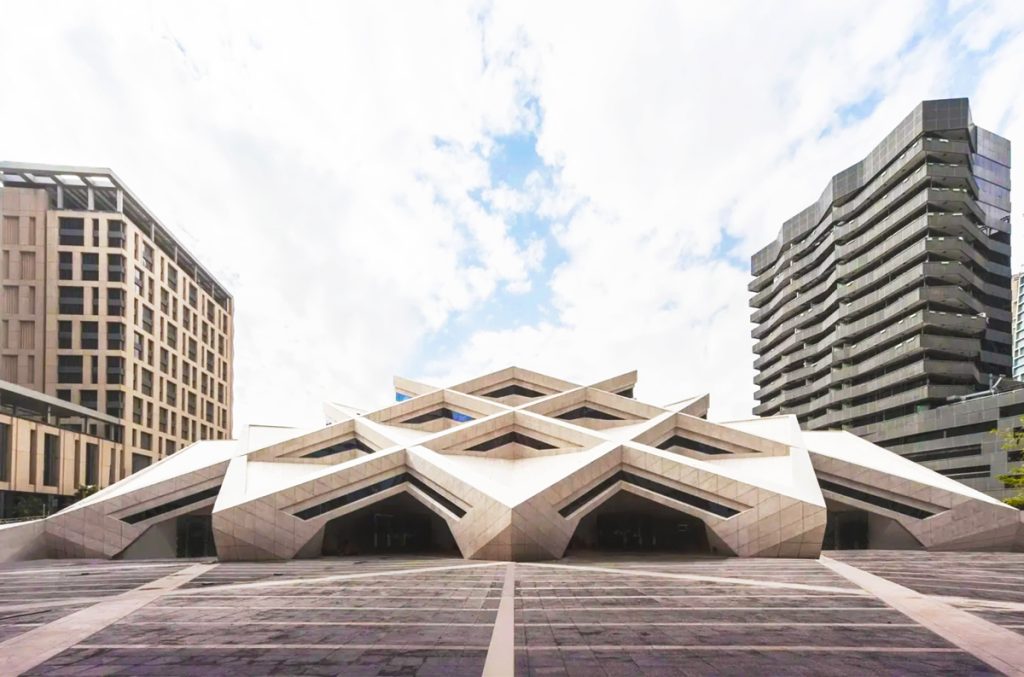
Spotlight: KAFD Metro Station
Among the architectural gems of the district, the KAFD Metro Station deserves its own spotlight. Designed by the late Zaha Hadid, the station is not just a transit hub but a statement piece of modern Riyadh. With its flowing, wave-like structure of interwoven steel and glass, the building stands as one of the most recognizable designs in the Riyadh Metro network.

Functionally, the station connects three major metro lines (1, 4, and 6), making it a critical gateway to KAFD. Its size and complexity allow it to serve thousands of commuters daily, easing traffic congestion and ensuring smooth access to the heart of the financial district. For a city striving to reinvent itself as a global hub, this connectivity is essential — it ties KAFD seamlessly to the wider fabric of Riyadh.

What makes the station remarkable is how it blends design with purpose. The interiors are spacious and futuristic, lined with sweeping curves that guide passenger flow naturally. The roof’s organic form was inspired by desert dunes and rippling landscapes, a nod to Saudi Arabia’s geography. Even in the intensity of Riyadh’s climate, the design maximizes shading and airflow, keeping the interior cool and comfortable.
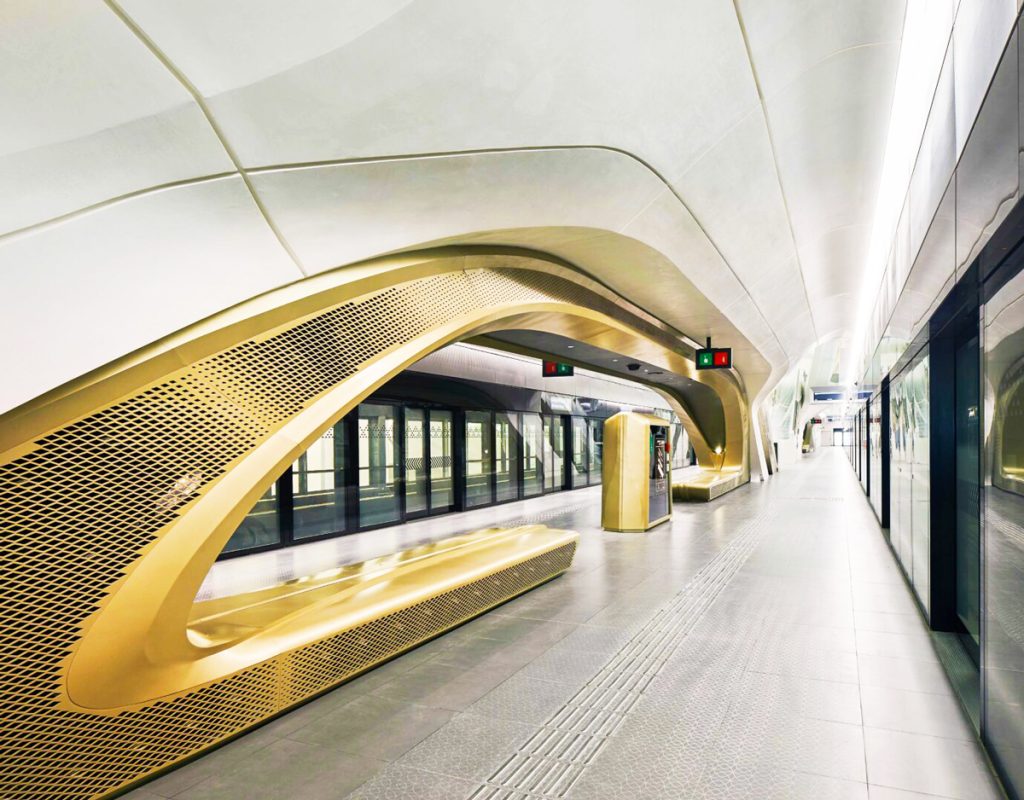
More than just a metro stop, the KAFD Metro Station is a symbol of mobility and transformation. It represents Riyadh’s shift toward public transport, sustainability, and global design leadership, while standing as a visual icon of KAFD itself — a modern district where architecture, infrastructure, and ambition converge.
Sustainability & Smart Infrastructure
KAFD has been designed with green building principles at its core. The entire district has achieved LEED Platinum certification, making it one of the largest sustainable urban developments in the world.
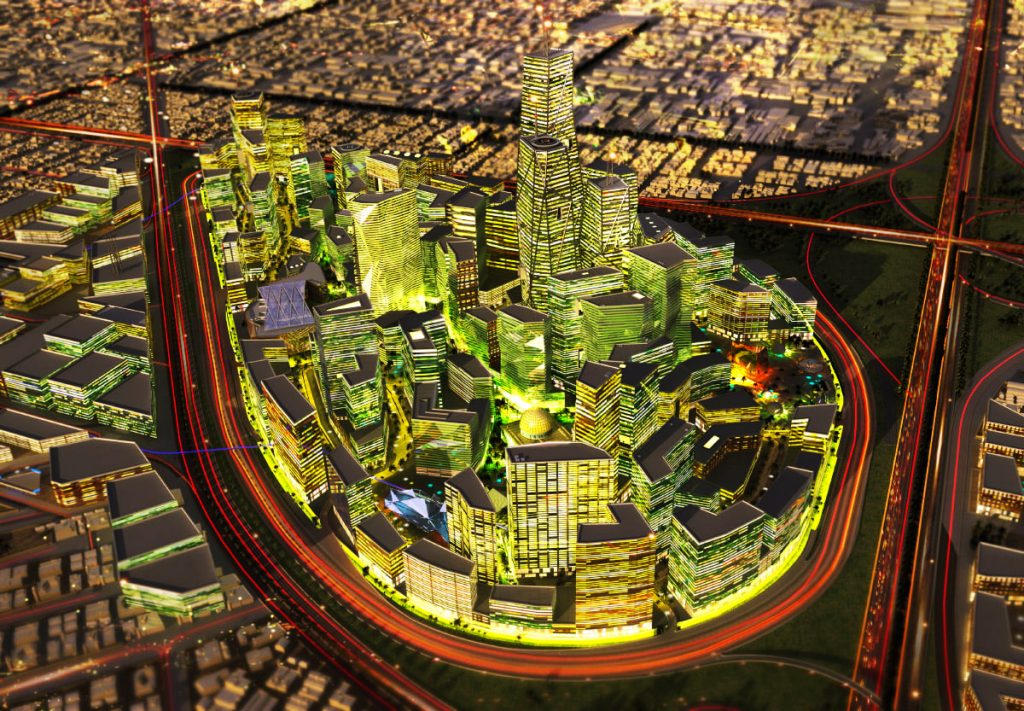
Key features include:
- Automated underground waste collection systems to reduce traffic and emissions.
- Smart building management powered by IBM systems for efficiency and performance.
- Optimized facades and shading systems designed to handle Riyadh’s desert climate.
- Integration of solar energy and eco-friendly infrastructure to reduce heat and energy loads.
Economic Role

At its heart, KAFD is meant to serve as Saudi Arabia’s financial hub, attracting local and international banks, asset managers, fintech startups, and global corporations.
The Tadawul Tower, home to the Saudi Stock Exchange, anchors the district’s financial ecosystem. Alongside the PIF Tower, these buildings provide the backbone of Saudi Arabia’s financial future, while the KAFD Metro Station ensures that the district is well-connected and accessible to the wider city.
Already, leading firms such as HSBC, Morgan Stanley, Goldman Sachs, and Accenture have taken office space in KAFD, further cementing its role as a regional powerhouse.
Challenges & Progress

For years, KAFD faced challenges, with critics calling it a “city of empty towers.” Leasing was slow, and many buildings stood unoccupied. However, momentum has shifted:
- The Public Investment Fund has relocated its headquarters to KAFD.
- The Saudi Stock Exchange’s presence in Tadawul Tower reinforces the district’s credibility.
- The KAFD Metro Station has boosted accessibility and made the district more attractive for tenants and visitors.
- Major multinationals have begun to establish a presence, drawn by infrastructure and incentives.
Outlook
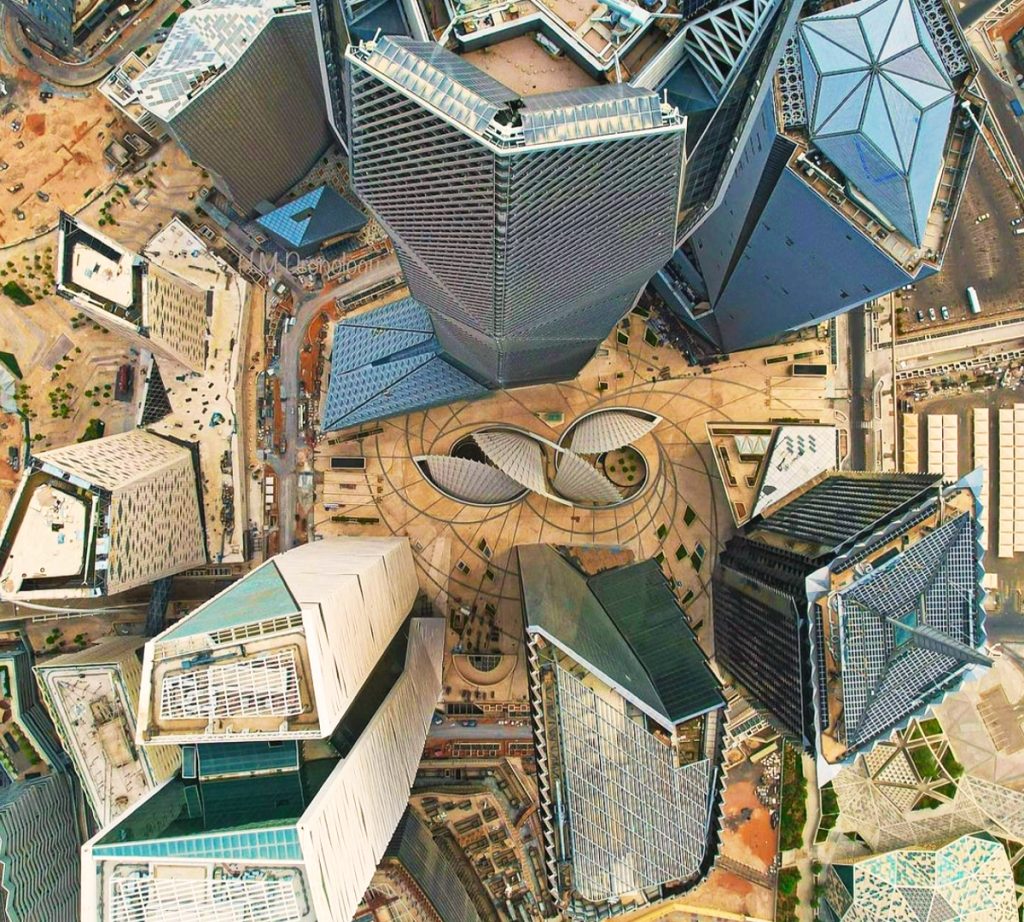
The success of KAFD will depend on several factors:
- Attracting and retaining diverse global tenants.
- Maintaining strong sustainability standards and innovative infrastructure.
- Ensuring social and cultural integration so the district thrives as a living urban environment, not just a business hub.
- Leveraging transit assets like the Metro Station to strengthen connectivity with Riyadh’s wider economy.
- Building on its role as a showcase project within Vision 2030, positioning Riyadh alongside the world’s top financial centers.
Final Thoughts

The King Abdullah Financial District is more than just a collection of skyscrapers. It’s a bold experiment in urban design, sustainability, and economic diversification. With the PIF Tower and Tadawul Tower as financial anchors, and the KAFD Metro Station as a futuristic symbol of connectivity, the district is poised to become the heartbeat of Saudi Arabia’s financial future — a place where ambition, innovation, and global investment converge.


